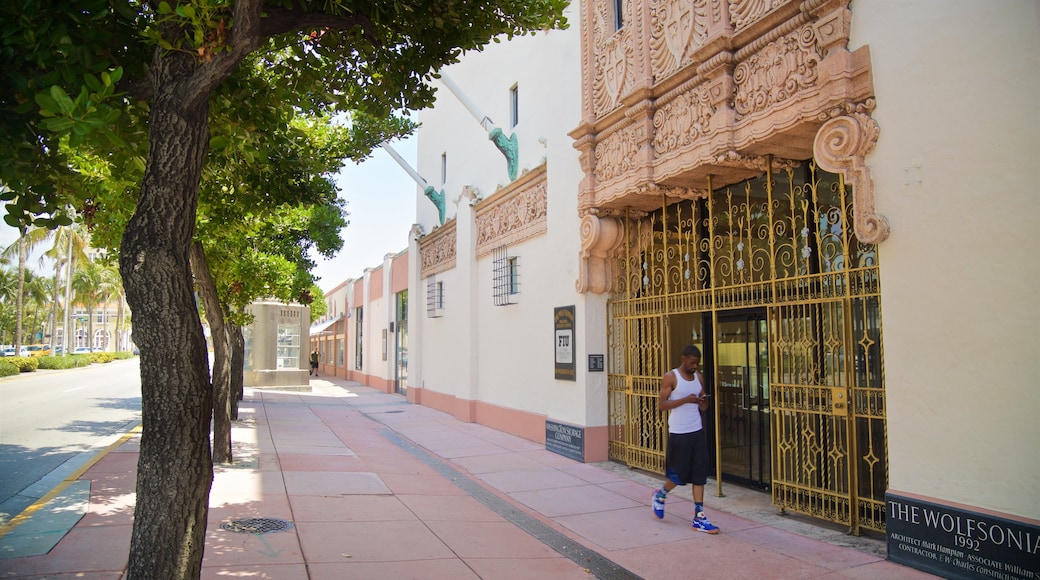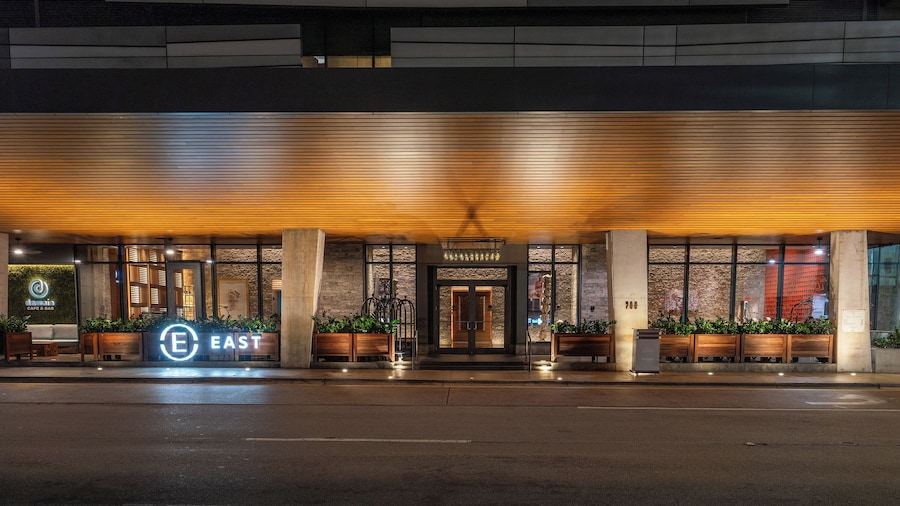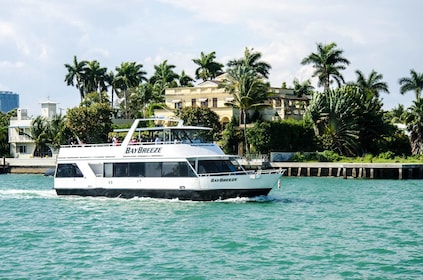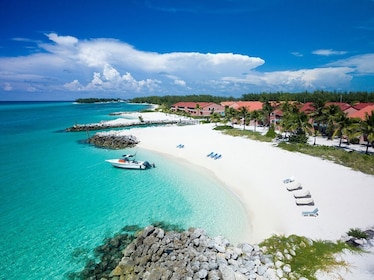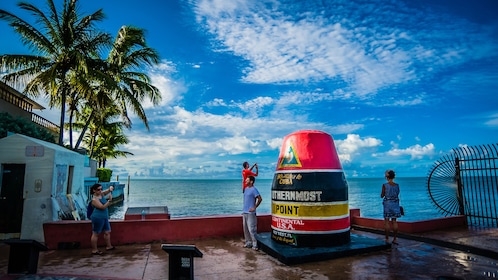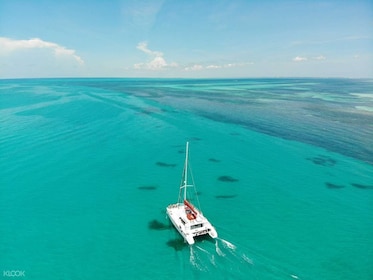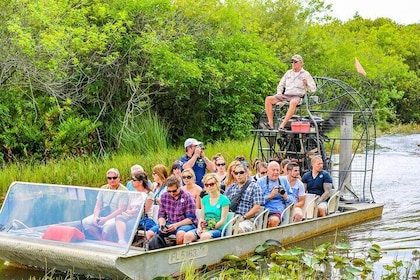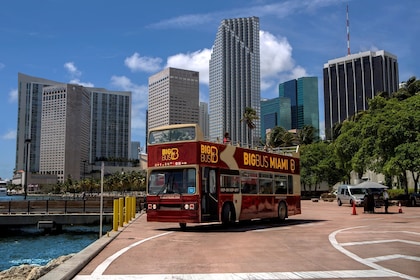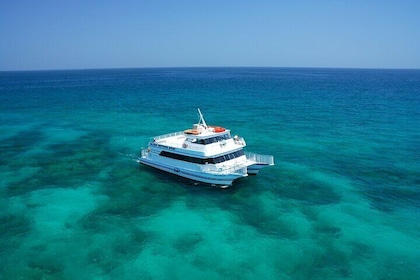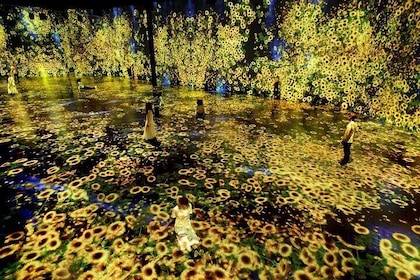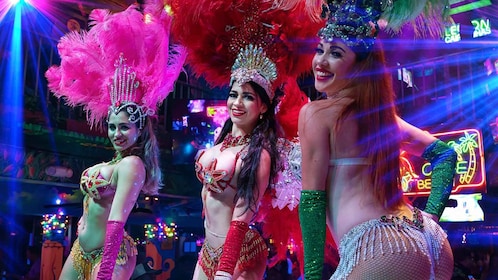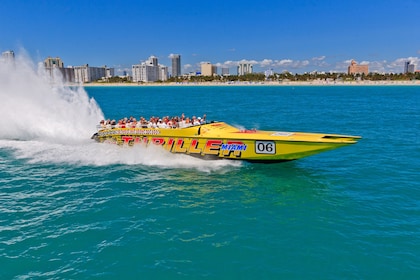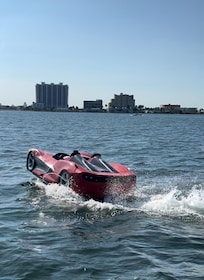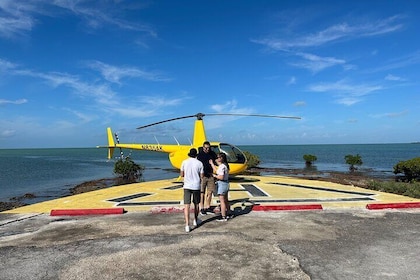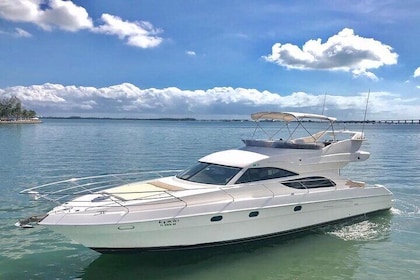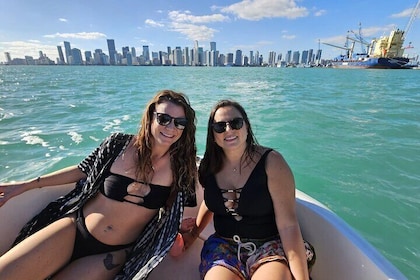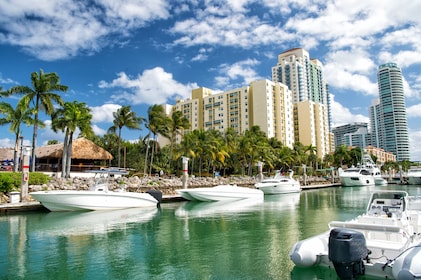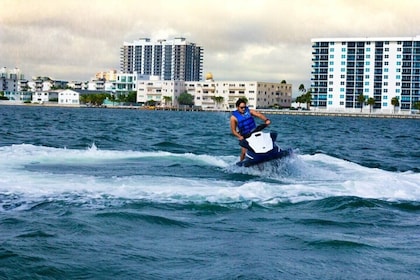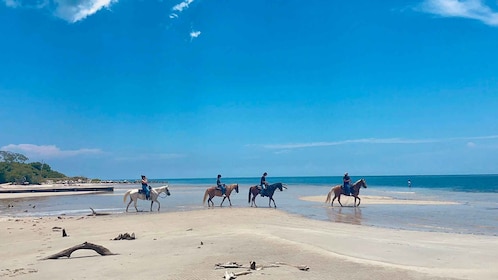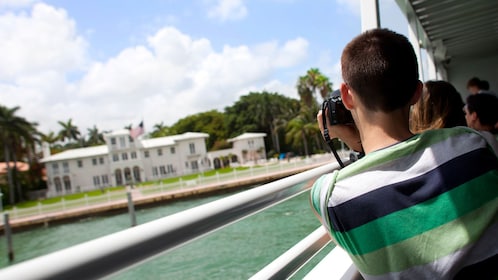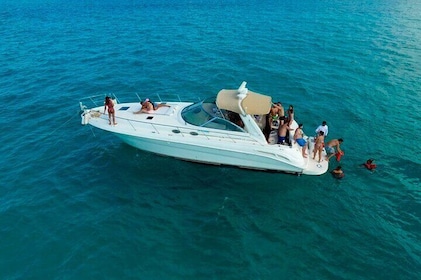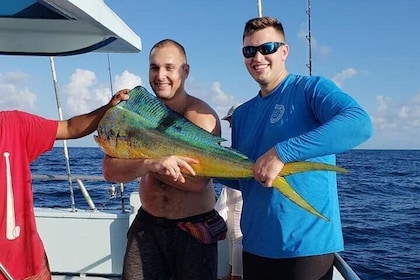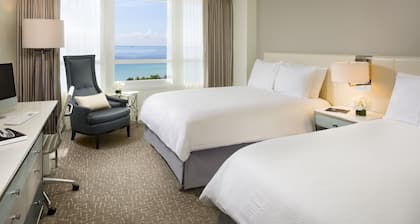Española Way is a one-block stretch between Collins Avenue and Pennsylvania Avenue in the heart of South Beach. Escape from the heavy foot traffic along Lincoln Road or the nightlife at Washington Avenue, and take a step back in time. The thoroughfare was designed in 1925 to model Mediterranean villages. Nicknamed “The Historic Village,” it remains largely preserved to this day. Cobblestone streets and brightly strung lights suggest an era of days gone by.
This haven was meant to make the wealthy visitors and residents of South Beach feel as if they had been transported to a village in France or Spain. Note the seashell-pink stucco buildings, art deco architecture and lush vegetation. The late 1920s brought on a distinctly seedier crowd Al Capone gambled at the area’s Clay Hotel. In the intervening decades, the area fell into a state of dilapidation until the 1980s, when it experienced a cultural rebirth. The street became a popular filming location, best known for Miami Vice.
Whether you are in the mood for Spanish tapas or Italian pasta, you’ll find a wide offering of restaurants and cafés along Española Way, a fashionable destination for dining. Purchase a souvenir at one of the area’s many mom-and-pop shops that sell handmade jewellery, beachwear and other gifts. Galleries fill the streets and display a variety of art, paintings and sculpture.
While Española Way is fairly quiet during the day, it comes alive as soon as the sun goes down. Enjoy a special drink from the selection of bars lining the street, take part in a dance class or just sit back and enjoy the live music being played in the streets.
Because Española Way is only one block long, you can traverse the full length in as little as 5 minutes. A better alternative: Take a short break from the hum of South Beach and immerse yourself in the funky culture of the area. You’ll find both a shrine to the past and a selection of art and culture that is distinctly modern.



